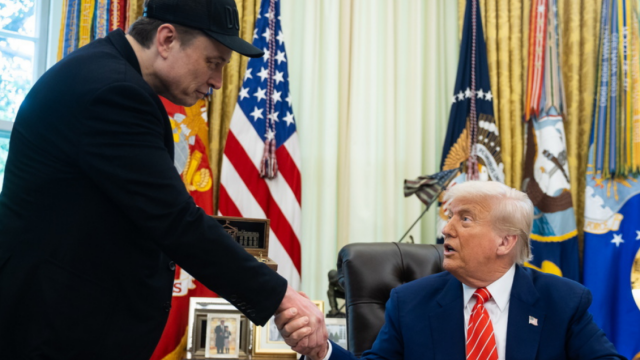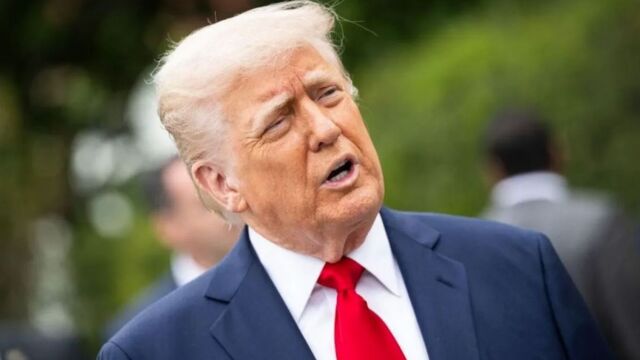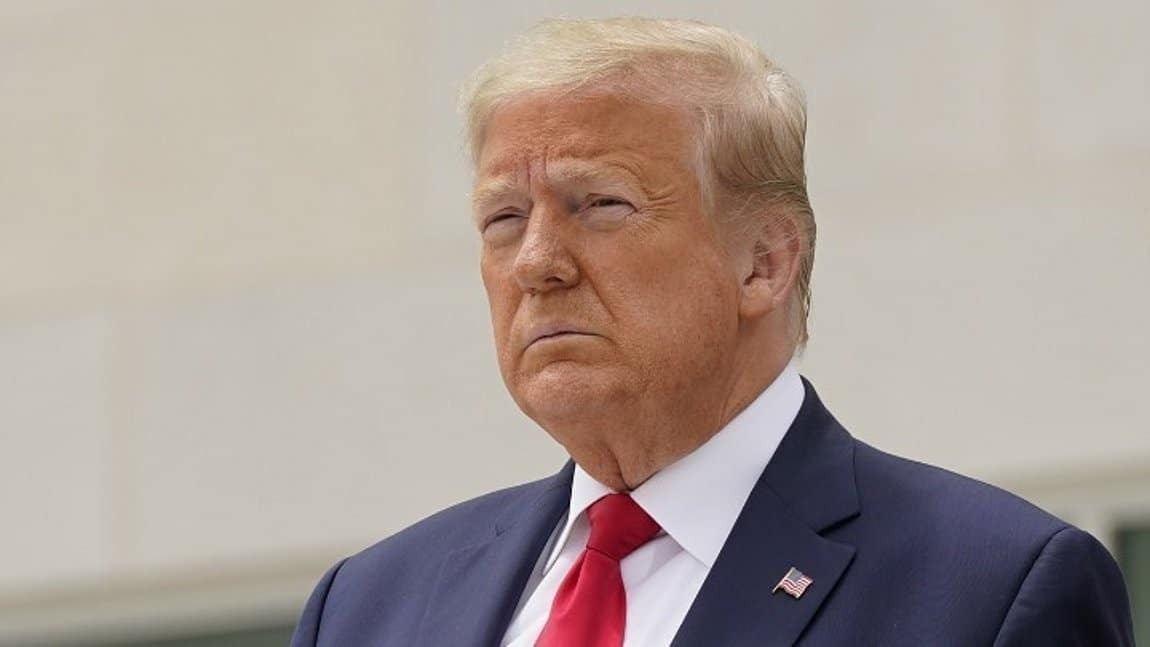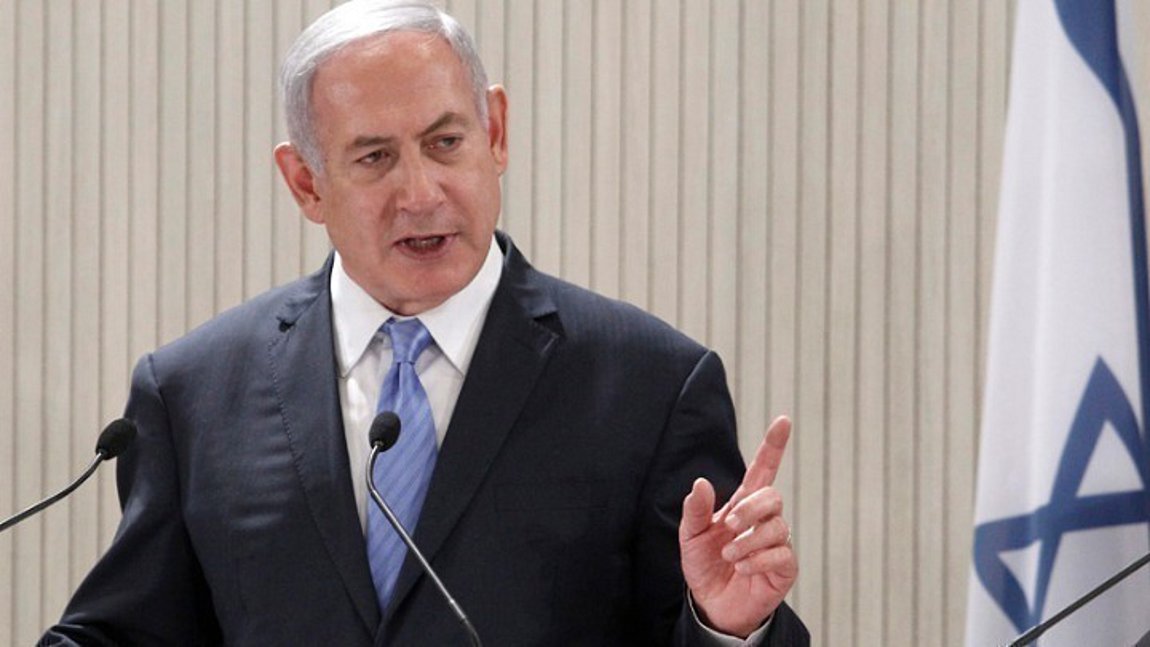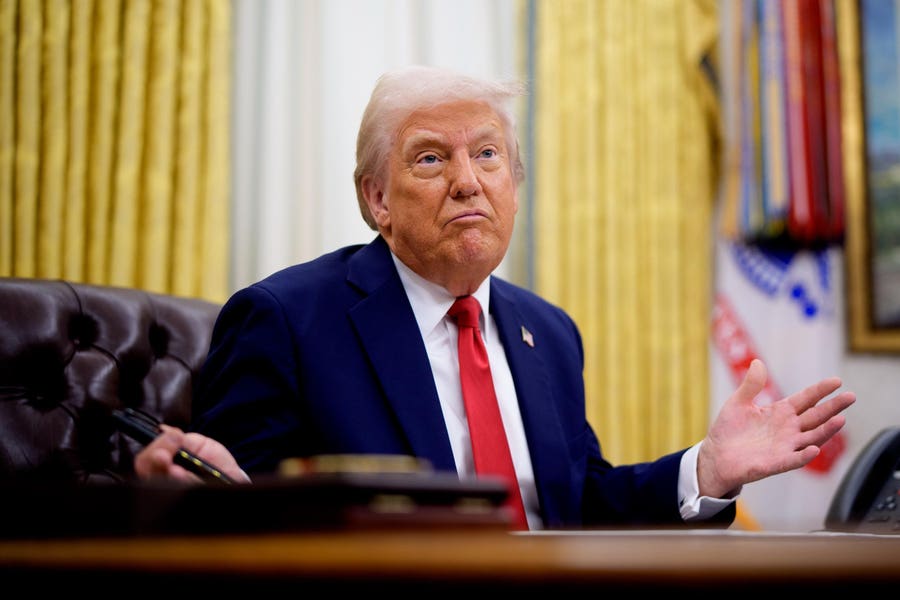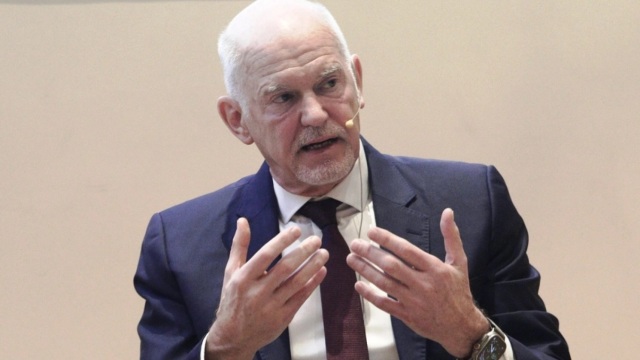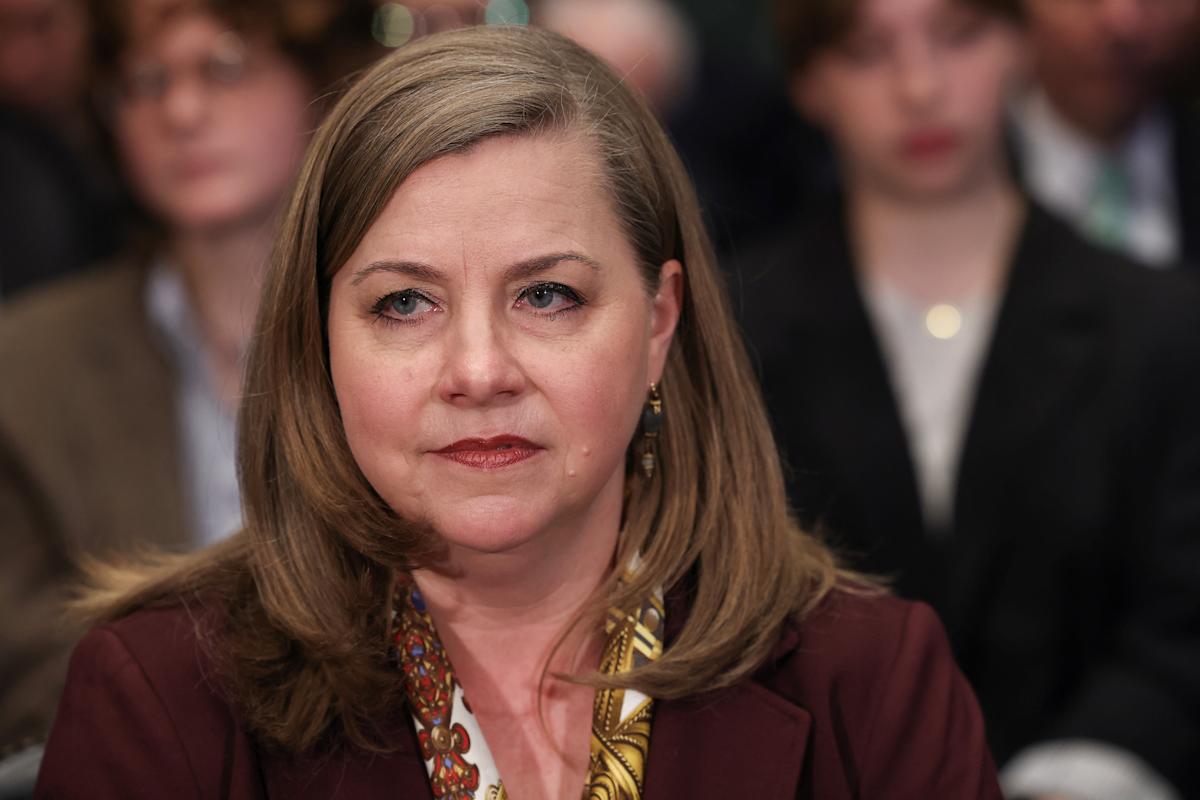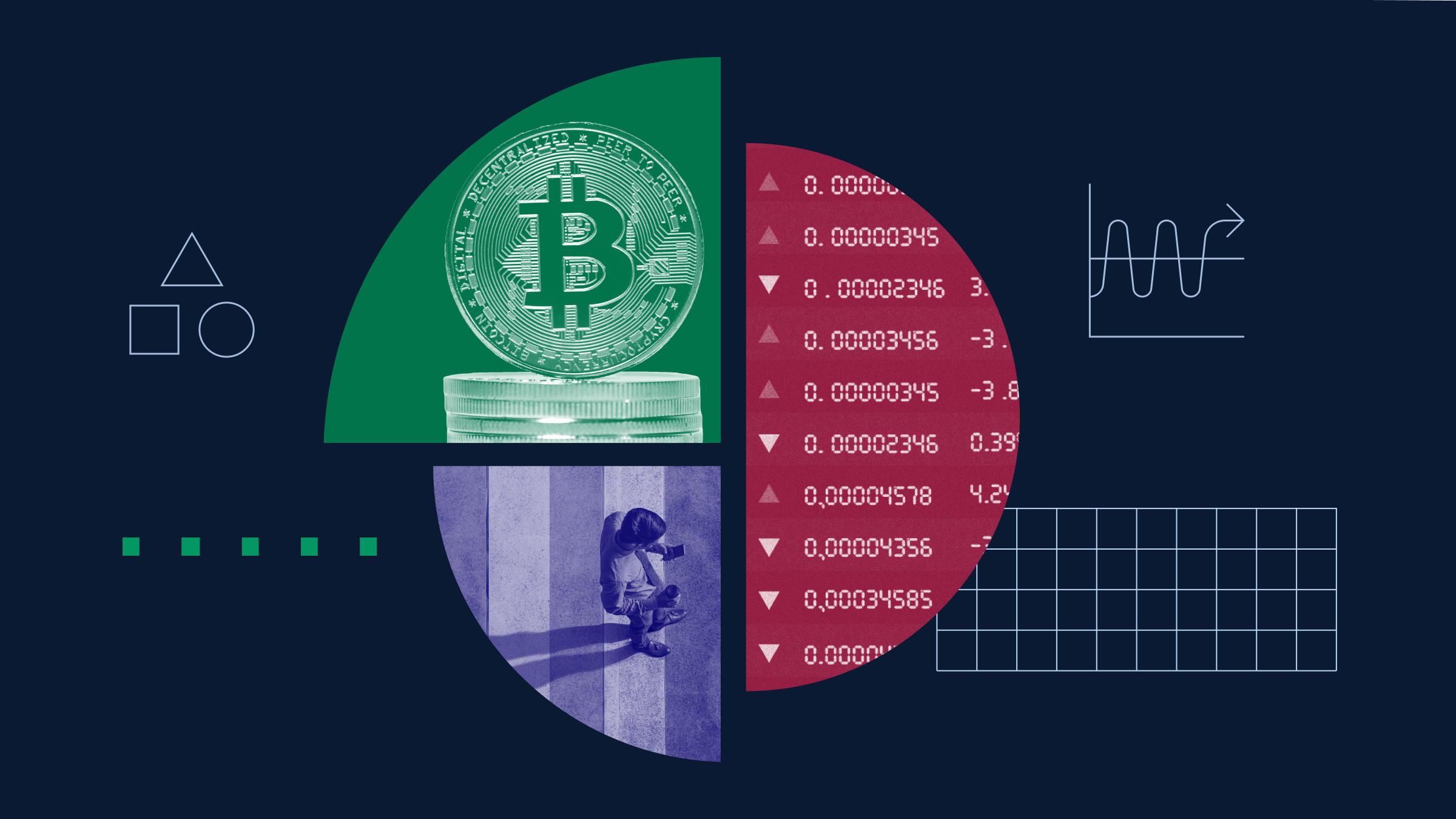Trump’s Bitcoin Push Sparks Global Race For Digital Currency Control

President Donald Trump gestures while speaking during an executive order signing event (Photo by ... More Andrew Harnik)
The tide has turned in the crypto industry ever since Trump took the stage at the 2024 Bitcoin Conference in Nashville. Fast forward one year later and what was once a grassroots movement for financial sovereignty is now increasingly defined by MAGA politics, reshaping Bitcoin’s public image. What was once the domain of libertarians and open-source developers has become a geopolitical flashpoint.
The move has energized a new wave of adoption. According to Gemini’s 2025 State of Crypto report, nearly one in four adults globally now own cryptocurrency, up from one in five the year prior. The U.S. saw crypto ownership rise from 20% to 22%, while memecoins and ETFs have become key entry points. Critically, 23% of non-owners in the U.S. said Trump’s Bitcoin Reserve increased their confidence in crypto’s legitimacy.
Yet the embrace of crypto by a sitting U.S. President, particularly one with business ties to digital asset ventures, has also raised concerns. Trump has launched his own memecoin, backed a DeFi exchange, and advocated for deregulation, blurring the lines between policy and personal profit.
For many in the industry, this is a double-edged sword. On one hand, the U.S. has moved from hostility to hospitality. On the other hand, it risks centralizing a movement built on decentralization.
“This is a pivotal moment,” said Dr. Neha Narula, Director of the MIT Digital Currency Initiative, in an interview. “But I don’t think the answer is to stop inventing.”
How MIT Is Defending Open-Source Neutrality in a Programmable World
DCI has played a foundational role in supporting Bitcoin Core development since 2015, funding critical upgrades like SegWit and Taproot and maintaining the stability of the Bitcoin protocol. Their work helps to ensure that Bitcoin remains resilient, secure, and neutral, a counterweight to state-controlled digital currency systems that may embed surveillance or exclusion.
Narula and her colleagues are particularly concerned about central bank digital currencies being rolled out in authoritarian regimes. These systems, often programmable and traceable, can become tools for social control. “I always worry about that. The technology isn’t the problem, it’s how we decide to use the technology.”
While CBDCs offer efficiency and inclusion, they can be used to restrict spending, monitor dissent, or revoke access to funds. “We have the opportunity to build privacy-first into these systems,” said Narula. In her opinion, that requires building with open-source code, ensuring public oversight, and grounding the system in constitutional safeguards.
BitLayer Expands Bitcoin DeFi With Trust-Minimized Smart Contracts
While MIT DCI safeguards Bitcoin’s original design against surveillance, others, like BitLayer, are expanding its utility without compromising its core.
BitLayer is a protocol that leverages an innovation called BitVM. Rather than altering Bitcoin’s base layer, BitVM enables smart contract functionality, which allows staking, yield generation, lending, and borrowing.
In an interview, Charlie Fu, co-founder of BitLayer, described BitVM as a transformative advancement. It enables users to move their Bitcoin into DeFi ecosystems across multiple blockchains without forfeiting custody or requiring changes to the core Bitcoin protocol.
This trust-minimized approach offers a path forward for institutional investors, long-time holders, and traders who want to earn yield while maintaining Bitcoin’s security guarantees. BitLayer has partnered with mining pools, wallets, and infrastructure providers to expand access and liquidity.
Global Impact of Trump’s Crypto Embrace
Tensions remain between Bitcoin’s minimalist design and the growing appetite for Bitcoin products in contrast to programmable money. While some purists worry that complexity will undermine Bitcoin’s resilience, others argue that expanding its utility is essential to staying relevant.
Gemini’s latest report highlights surging interest in crypto ETFs, memecoins, and stablecoins, all areas where U.S. policy under Trump has shifted significantly. The appointment of crypto-friendly regulators, support for digital asset legislation, and even promotional language in campaign materials have made the current administration a friend to the industry. It remains to be seen what the true cost of this friendliness will be.
Saad Ahmed, head of Asia Pacific at Gemini, noted in an interview that while President Trump’s actions have blurred the lines, the President’s approach is “not antagonistic.”
Is Bitcoin Still Neutral Money in a Politicized World?
Then there’s the politicization of digital assets. Historically seen as neutral money, Bitcoin is now being embraced by national governments, including those in Argentina, El Salvador, and now the U.S.
What began as a cypherpunk rebellion could become a battleground for influence and alignment.
The Role of Academia in Shaping Digital Financial Infrastructure
Academia, Narula argues, plays a vital role in shaping the future of digital assets.
“There’s a scientific method to what we do,” she said. “We generate data, test hypotheses, and share knowledge. That helps people understand the true capabilities and limitations of this technology.”
The principles guiding their design and implementation may determine whether digital currencies become tools for surveillance or instruments of financial freedom.
The Fight for the Future of Money Isn’t Just Technical, It’s Political
As Bitcoin becomes more deeply embedded in global financial systems, its role shifts from outsider protocol to political asset. Trump’s embrace of digital currencies has accelerated mainstream adoption and elevated crypto in the halls of power. But that progress comes with questions about control, access, and intent.
Whether digital currencies serve as tools for surveillance or instruments of freedom may depend less on the code itself and more on who governs their use. The battle isn't just about technology, from academia to DeFi developers, regulators to retail users. It’s about the values we choose to embed in it.
The next chapter of Bitcoin’s story will be written not only in code but also in policy, leadership, and trust.
Content Original Link:
" target="_blank">



